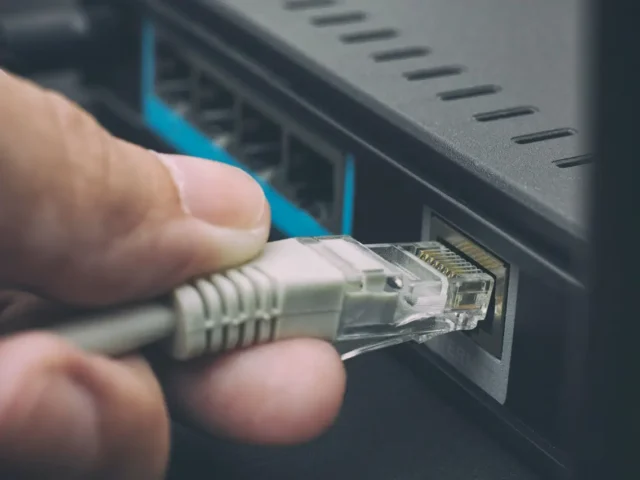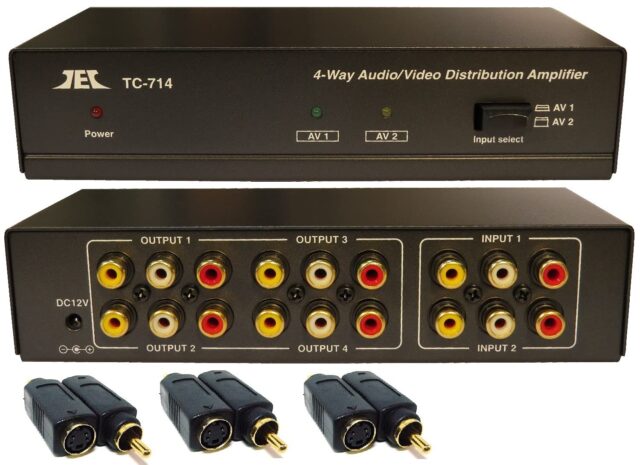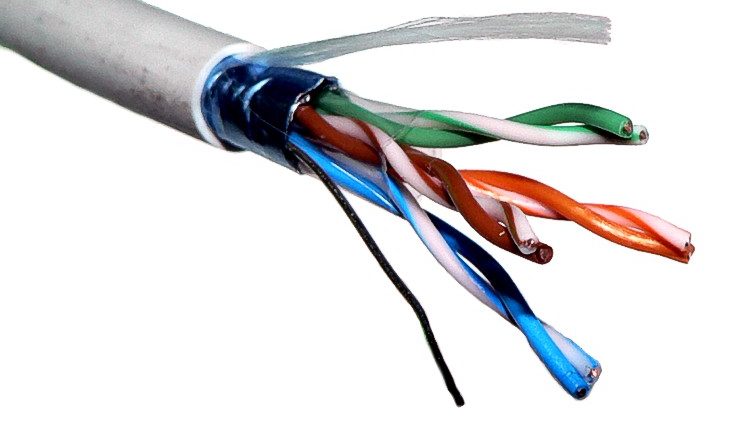The value of having access to the internet cannot be emphasized in the current digital age. Reliable and effective data transmission systems are now more important than ever due to the rising demand for high-speed internet connectivity. Twisted pair cables are useful for this.
Two copper wires that have been insulated are twisted together to form a cable. The wires’ name, as well as the reason for their exceptional ability to transmit electrical signals, comes from their twisting.
The wires’ twisting lessens crosstalk and electromagnetic interference (EMI), which can distort electrical signals. Twisting the wires reduces EMI and crosstalk by canceling out the electromagnetic fields produced by each wire. Twisted pair cable is, therefore, the best type of wiring for conveying digital signals since it is less prone to interference than other types of cabling.
Ethernet Networking

Twisted pair cable is the most common type of cable used in Ethernet networking. Ethernet is a widely used networking protocol that enables devices to communicate with each other over a local area network (LAN).
Twisted pair cable is used to connect devices such as computers, printers, routers, switches, and servers in Ethernet networks. It is easy to install and maintain and can transmit data at high speeds over long distances. Twisted pair cable is also inexpensive, making it an ideal choice for both small and large networks.
Telephone Systems
Twisted pair cable is also used in telephone systems to carry voice signals. It is commonly used in residential and commercial telephone systems to connect telephones and other devices to the telephone network.
The twisted pair design of the cable helps to reduce interference and noise, ensuring that voice signals are transmitted clearly and reliably. Twisted pair cable is also capable of carrying data signals, making it an ideal choice for connecting modems and other devices to the telephone network.
Video and Audio Distribution

Twisted pair cable is also used in video and audio distribution systems. It is commonly used to distribute video and audio signals from a central source to multiple displays and speakers throughout a building.
The twisted pair design of the cable helps to reduce interference and noise, ensuring that video and audio signals are transmitted clearly and reliably. Twisted pair cable is also capable of carrying high-bandwidth signals such as HDMI and 4K, making it an ideal choice for distributing high-definition video and audio signals.
Security Systems
Twisted pair cable is also used in security systems, such as closed-circuit television (CCTV) systems and access control systems. It is used to connect cameras, sensors, and other security devices to a central monitoring station or recorder.
The twisted pair design of the cable helps to reduce interference and noise, ensuring that video and data signals are transmitted clearly and reliably. Twisted pair cable is also capable of carrying power over Ethernet (PoE), which allows devices to receive power and data over the same cable.
Wireless Access Points
Twisted pair cable is used to connect wireless access points to Ethernet networks. Wireless access points are devices that enable wireless devices to connect to a wired Ethernet network.
A twisted pair cable is used to connect the wireless access point to the Ethernet network, allowing wireless devices to connect to the network. Twisted pair cable is also capable of carrying PoE, which allows the wireless access point to receive power over the same cable as the data signal.






